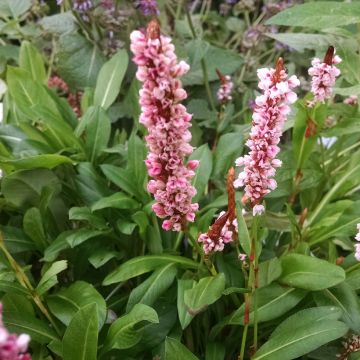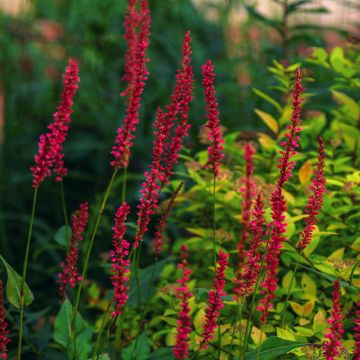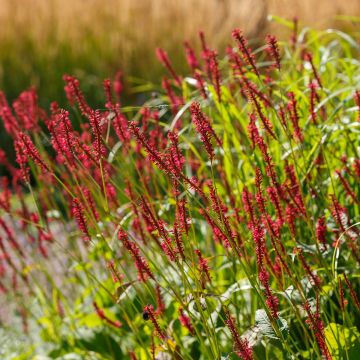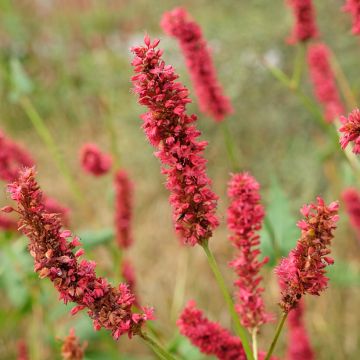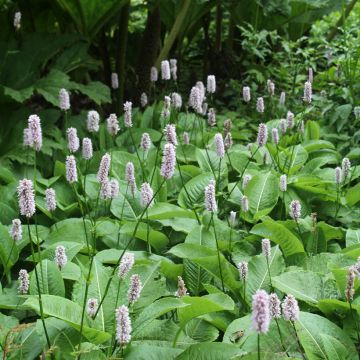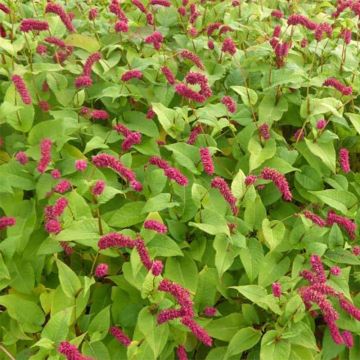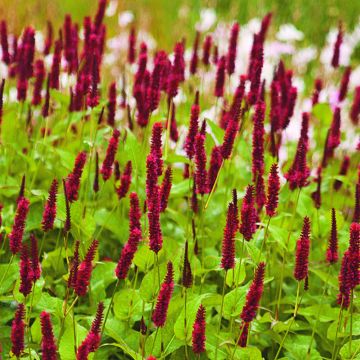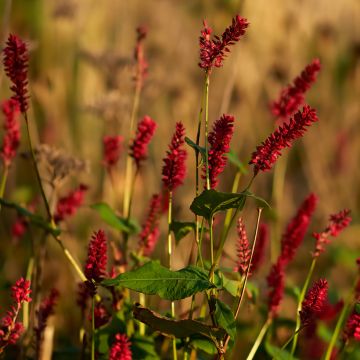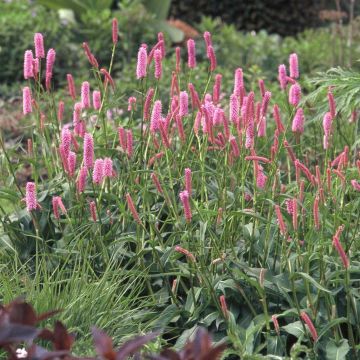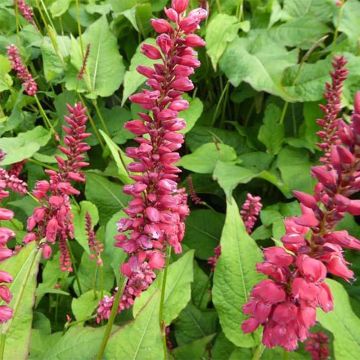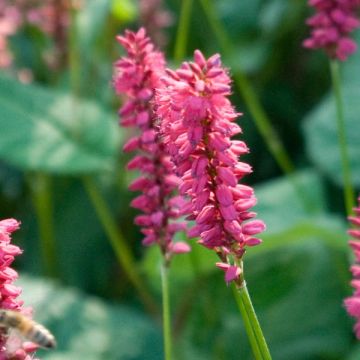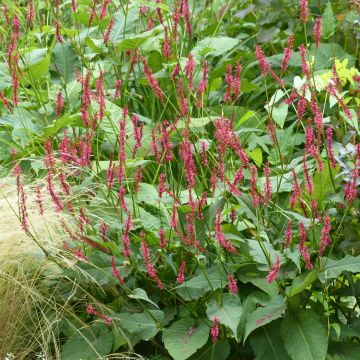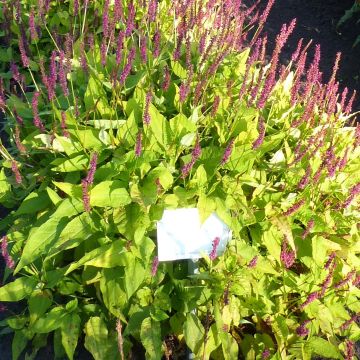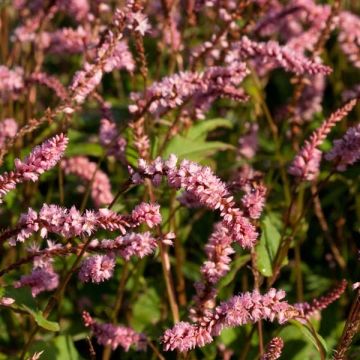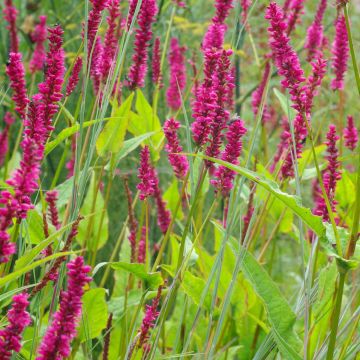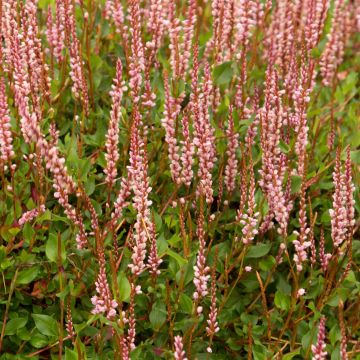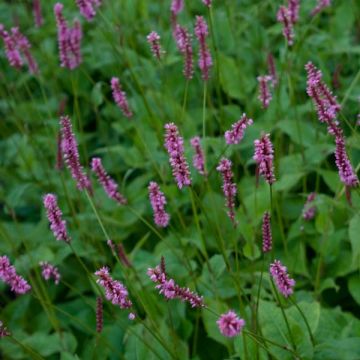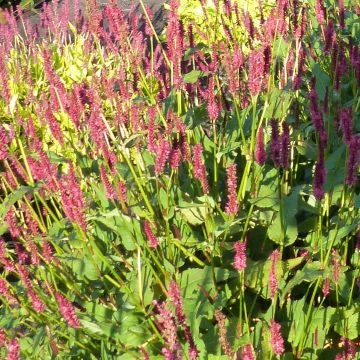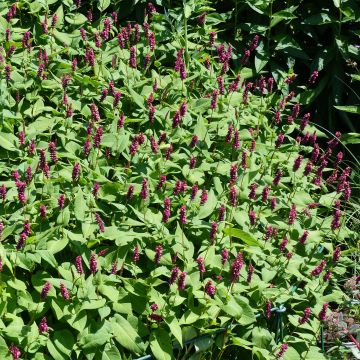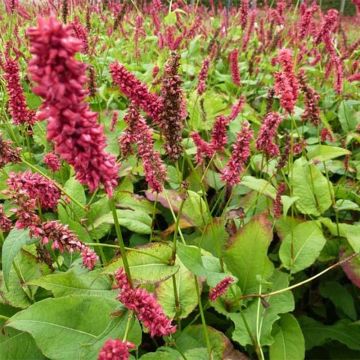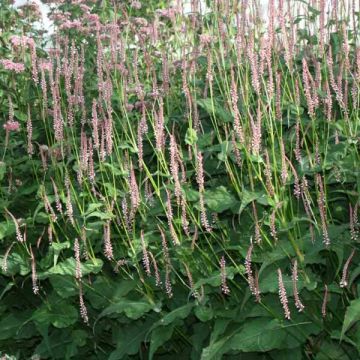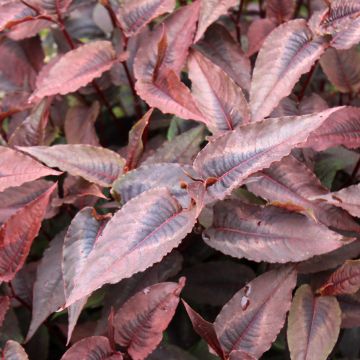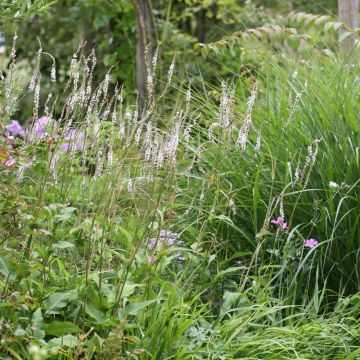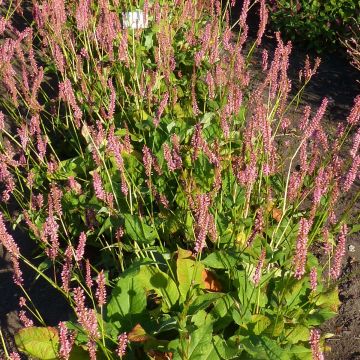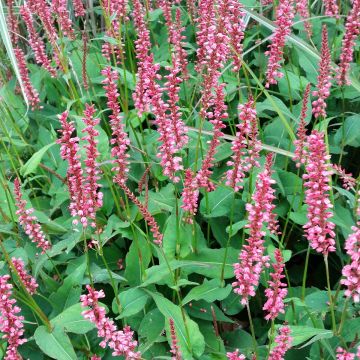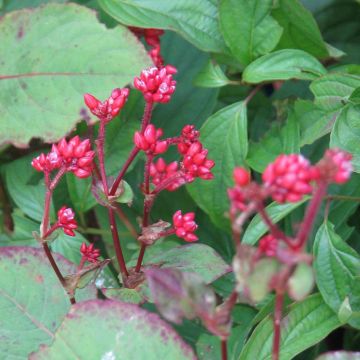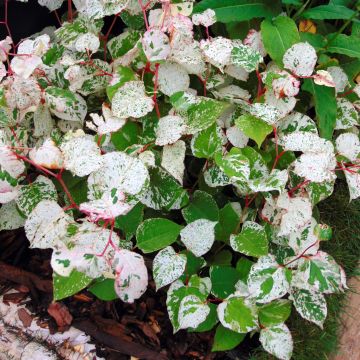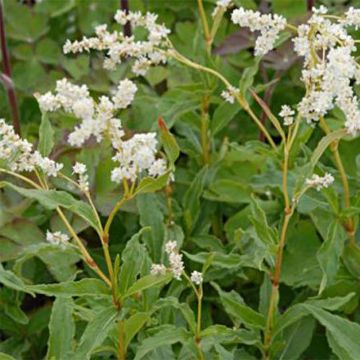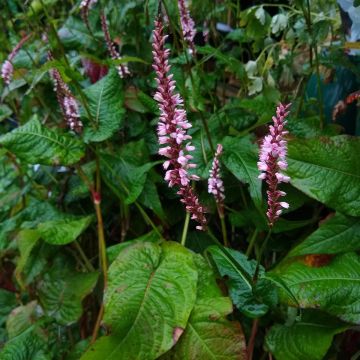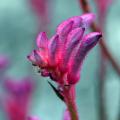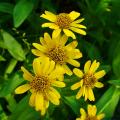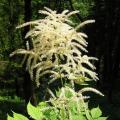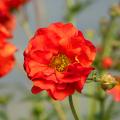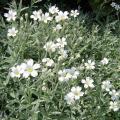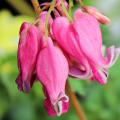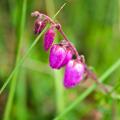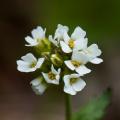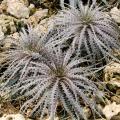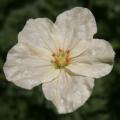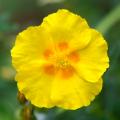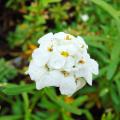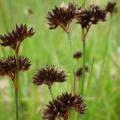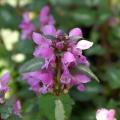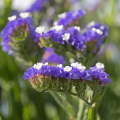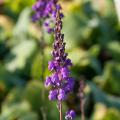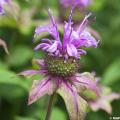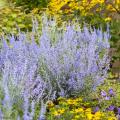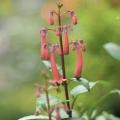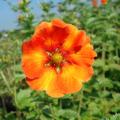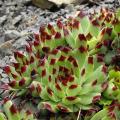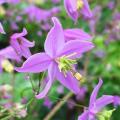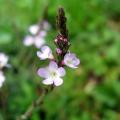Persicaria - Knotweed
Does this plant fit my garden? Set up your Plantfit profile →
Available in 2 sizes
Available in 1 sizes
Available in 1 sizes
Available in 1 sizes
Available in 2 sizes
Available in 1 sizes
Available in 2 sizes
Available in 1 sizes
Available in 1 sizes
Available in 1 sizes
Available in 1 sizes
Available in 1 sizes
Available in 1 sizes
Available in 2 sizes
Available in 1 sizes
Available in 2 sizes
Available in 1 sizes
Available in 1 sizes
Available in 1 sizes
Available in 1 sizes
Available in 2 sizes
Available in 1 sizes
Available in 2 sizes
Available in 1 sizes
Available in 1 sizes
Available in 1 sizes
Available in 1 sizes
Available in 1 sizes
Available in 1 sizes
Available in 1 sizes
Available in 1 sizes
Available in 1 sizes
The srubs of Knotweeds are perennial ground-covering and erect plants that thrive everywhere. Sometimes considered as weeds, they develop single leaves with very visible veins and flowers in tiny bell-shaped clusters gathered in spikes. The bad reputation of these plants comes from the Japanese Knotweed (Fallopia japonica), a bindweed but does not apply to other varieties. Often very floriferous, some like the Persicaria amplexicaulis bloom from early summer until the end of autumn. As for the Bistort Knotweed 'Superba' with its long light pink spikes, it is a charming water-side plant. Formerly called Polygonums, they like rich, fresh, humus-rich and well-worked soils in sunny or semi-shaded areas. There are 80 hardy species, that don't mind wet and vigorous winters. Knotweeds fit well in contemporary gardens as well as in gardens with a wild appearance and are used in flower beds, borders, rockeries or pots. Tip: Cover the base of trees with the Persicaria affinis, this prevents the development of weeds.
Haven't found what you were looking for?







































